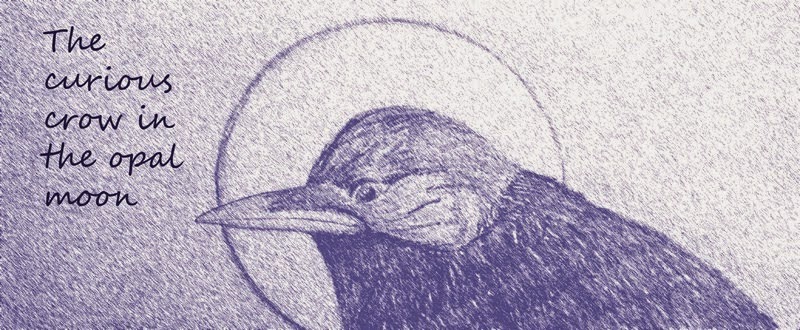A thin book - the sort you can soak up in one sitting - it charts Ray's journey into Norfolk folklore as he researched one of its particularly colourful characters, now largely forgotten.
The Hikey Sprite (also, it seems, known by several other names, including Hyter Sprite, Ikey Sprite and High Sprite) has been passed down the generations in many of this rural county's families. But as is so often the way with oral traditions, precisely what he, she or it actually is varies depending on who you speak to.
To some, it was - or came to be - simply a local dialect word for a flighty, lively or mischievous person; to others, it was a personification of the phenomenon created by marsh gas, also known as a Will-o'-the-Wisp or Jack-o'-Lantern; but to most, the Hikey was a supernatural being.
"If you're naughty, the Hikey Sprites will get you!" were the terrifying words doled out to wayward sons and daughters who refused to go to bed or who stayed out too late; though the beings were generally considered to be puckish rather than evil.
Specific areas were believed to be the domain of the Hikey Sprite - usually certain woods, lanes, streams, heaths and abandoned buildings. The sort of places, I suppose, that seem otherworldly, where one feels a change in the atmosphere or a sense of terror or melancholy - or maybe just areas that were deemed to be dangerous by parents trying to keep their children safe.
 |
| Foxley Wood in Norfolk - prime faery territory! |
Yet another thing I wish I could ask my old grandparents about; though, having been city dwellers, they may never have been inducted into this faery lore.
Well, I for one will be continuing this local tradition, and perhaps even indulging in a spot of research myself...
Do you have a Hikey Sprite memory to share? Or is there a folkloric being specific to the region you live in, whether in the UK or elsewhere in the world? I'd love to hear your stories!








